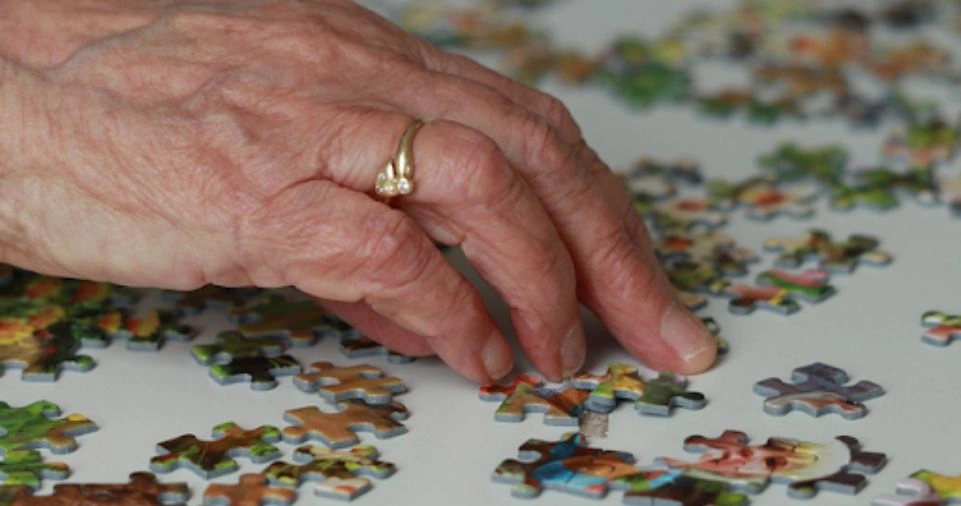Daily puzzle solving is an excellent way to maintain mental sharpness, reduce stress, and improve problem-solving skills.
Whether you’re solving crosswords, Sudoku, logic puzzles, or brain teasers, incorporating puzzles into your daily routine can lead to significant cognitive benefits.
This guide will help you build a structured and sustainable routine that keeps your mind sharp and engaged.
Benefits of Daily Puzzle Solving
Before diving into how to build a routine, it’s essential to understand why daily puzzle solving is beneficial.
| Benefit | Description |
|---|---|
| Cognitive Enhancement | Puzzles challenge your brain, improving memory, attention span, and critical thinking skills. |
| Stress Reduction | Focusing on solving puzzles can provide a relaxing break from daily stressors. |
| Improved Focus | Regular puzzle-solving strengthens your ability to concentrate for extended periods. |
| Problem-Solving Skills | Developing strategies to solve puzzles can improve your problem-solving abilities in real life. |
| Social Interaction | Sharing puzzles or competing with friends can enhance social bonds. |
By creating a dedicated routine, you can maximize these benefits and enjoy a more structured and stimulating daily schedule.
Step 1: Assess Your Schedule
Identify Time Windows
Begin by assessing your daily schedule to determine when you have free time. Look for periods when your energy levels are high or when you need a mental break.
| Time Period | Suggested Puzzle Types |
|---|---|
| Morning | Crosswords, logic puzzles to wake up your brain |
| Lunch Break | Quick brain teasers or Sudoku |
| Evening | Relaxing puzzles like jigsaw or nonograms |
Determine Duration
Consider how much time you can realistically dedicate to puzzle solving. Aim for at least 10-30 minutes daily to maintain consistency.
Step 2: Choose the Right Puzzles

Different puzzles offer varying benefits. Selecting the right mix can keep your routine engaging and diverse.
| Puzzle Type | Benefits | Suggested Frequency |
|---|---|---|
| Crossword Puzzles | Vocabulary and memory improvement | 2-3 times per week |
| Sudoku | Logical reasoning and pattern recognition | Daily |
| Logic Puzzles | Critical thinking | 2-3 times per week |
| Jigsaw Puzzles | Visual-spatial skills | Weekly |
| Brain Teasers | Quick cognitive boosts | Daily |
Mixing different types of puzzles ensures a comprehensive mental workout and prevents boredom.
Step 3: Set Goals
Having clear goals helps maintain motivation and track progress.
Examples of Puzzle-Solving Goals
- Daily Goals: Solve one Sudoku puzzle or complete a set number of crossword clues.
- Weekly Goals: Finish a jigsaw puzzle or complete three logic puzzles.
- Monthly Goals: Attempt a challenging puzzle competition or increase puzzle-solving difficulty.
Consider using a puzzle journal to record your achievements and reflect on your progress.
Step 4: Create a Puzzle-Friendly Environment
The right environment can enhance your focus and enjoyment.
Tips for an Ideal Puzzle-Solving Space:
- Quiet Location: Minimize distractions for better concentration.
- Comfortable Seating: Ensure ergonomic seating to avoid discomfort during long sessions.
- Good Lighting: Proper lighting reduces eye strain and improves visibility.
- Puzzle Accessories: Keep tools like pencils, erasers, and puzzle books handy.
Step 5: Incorporate Technology
Digital tools can make puzzle solving more accessible and engaging.
| App/Platform | Features | Best For |
|---|---|---|
| NYT Crossword App | Daily crosswords and tracking progress | Crossword enthusiasts |
| Sudoku.com | Various difficulty levels of Sudoku | Logic lovers |
| Lumosity | Brain-training games | Cognitive improvement |
| Jigsaw Puzzle Apps | Thousands of puzzles | Visual-spatial skills |
Using digital platforms allows you to solve puzzles on the go and track your progress effortlessly.
Step 6: Combine Puzzles with Other Activities

To enhance the experience, consider multitasking or pairing puzzles with complementary activities.
Ideas for Puzzle Pairing:
- Morning Coffee: Solve a crossword puzzle while enjoying your coffee.
- Commute: Use puzzle apps during public transportation.
- Exercise Breaks: Do a quick brain teaser between workout sets.
- Family Time: Engage in jigsaw puzzles as a group activity.
Step 7: Stay Consistent
Consistency is key to reaping the cognitive benefits of puzzles.
Tips for Maintaining Consistency:
- Set Reminders: Use calendar alerts to schedule puzzle time.
- Track Progress: Maintain a journal or use apps that log your puzzle-solving activities.
- Reward System: Treat yourself when you achieve puzzle-solving milestones.
Step 8: Challenge Yourself
Gradually increasing the difficulty of puzzles keeps your brain challenged and engaged.
| Level | Description | Examples |
|---|---|---|
| Beginner | Simple puzzles with clear solutions | Easy Sudoku, basic crosswords |
| Intermediate | Moderate difficulty requiring some strategy | Medium Sudoku, themed crosswords |
| Advanced | Complex puzzles requiring advanced problem-solving | Cryptic crosswords, expert-level logic puzzles |
Sample Routine for Daily Puzzle Solving
| Time | Activity | Puzzle Type |
|---|---|---|
| 7:00 AM | Morning coffee | Crossword puzzle |
| 12:30 PM | Lunch break | Quick Sudoku |
| 3:00 PM | Afternoon break | Brain teaser |
| 8:00 PM | Relaxation time | Jigsaw puzzle |
By following this sample routine, you can seamlessly integrate puzzle-solving into your daily life.
Additional Tips for Success

- Join Puzzle Communities: Engage with online forums and local puzzle groups for motivation.
- Participate in Competitions: Test your skills and meet fellow puzzle enthusiasts.
- Stay Updated: Keep an eye out for new puzzle types and trends.
- Mindfulness: Treat puzzle-solving as a form of meditation to stay present and focused.
Conclusion
Building a routine around daily puzzle solving is a rewarding way to boost cognitive function, reduce stress, and enhance problem-solving skills.
By following the steps outlined in this guide, you can create a sustainable and enjoyable puzzle-solving habit that fits seamlessly into your lifestyle. Happy puzzling!

